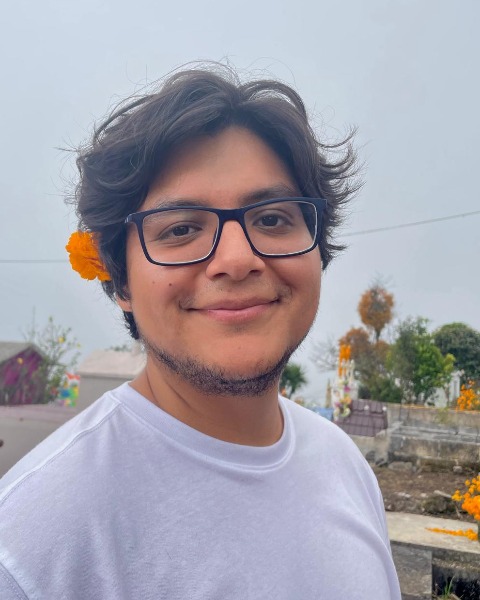Student 10-Minute Presentation
Systematics, Evolution, and Biodiversity
Student
Cophylogenetic patterns of grasshoppers of the genus Romalea (Orthoptera: Romaleidae) and their eugregarine parasites (Apicomplexa)

Jorge Humberto Medina-Duran
PhD Candidate
Texas A&M University
College Station, Texas
Jackson Linde, MSc
PhD Student
Texas A&M University
College Station, Texas
Hojun Song
Professor
Texas A&M University
College Station, Texas
Presenting Author(s)
Co-Author(s)
The evolution and diversity of obligate parasites are often influenced by the evolutionary history of their hosts. This relationship frequently results in a correspondence between the phylogenetic histories of both hosts and parasites. Eugregarines are obligate protist parasites that live in the gut of invertebrates, including insects. Eugregarines exhibit a wide host range and high genetic diversity, suggesting possible coevolution with their hosts. However, the extent of coevolution between eugregarines and their hosts remains unknown. In this study, we examine the cophylogenetic patterns between the lubber grasshoppers of the genus Romalea and their eugregarine parasites of the genus Amoebogregarina to identify instances of cospeciation between the two lineages. We hypothesize that if strict coevolutionary processes have influenced their interactions, the phylogenetic patterns of Amoebogregarina species should mirror those of their hosts. To test this, we reconstructed the phylogeny of 9 Romalea species and 3 Romaleidae outgroup species using Orthoptera-specific target enrichment of ~1000 loci from specimens collected across the distribution of the genus, resulting in a dataset of 40 host individuals. Likewise, we inferred the phylogeny of their respective eugregarine parasites based on the 18S locus (~1700 bp). We performed cophylogenetic analyses to assess the congruence between the phylogenies of the interactants. Our analyses support the correspondence between the host and parasite phylogenies. Our findings show significant instances of cospeciation between the two groups, supporting the hypothesis that coevolution may play a key role in the diversification of these parasites.

.png)
